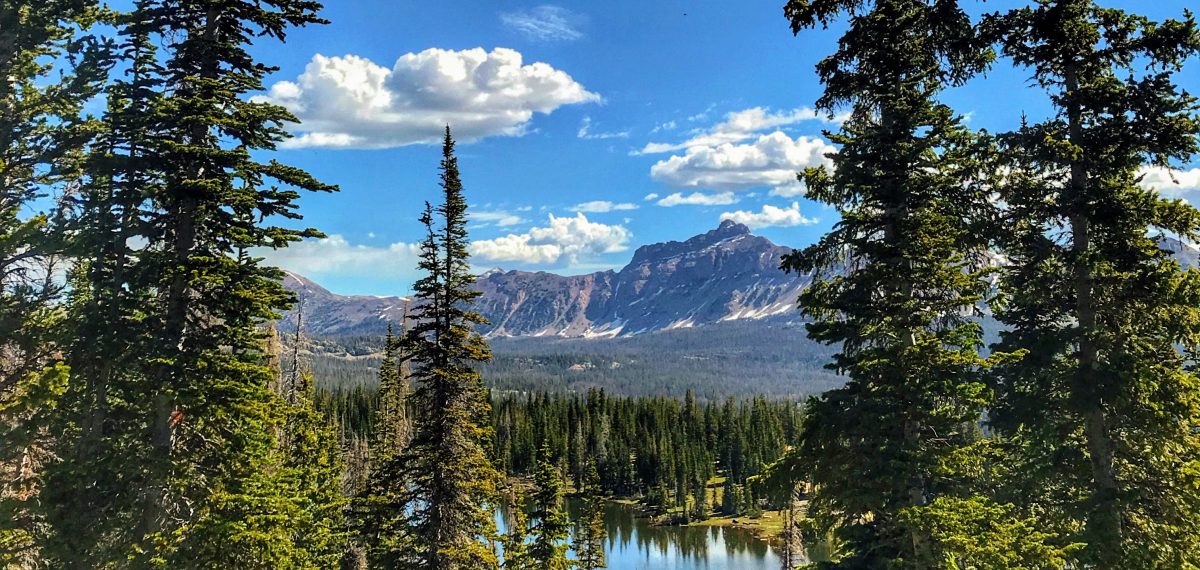I now work for a small debt collection law firm in Provo, Utah. The transition from higher education to menial and mind-numbing clerical work has been rocky, but one of the bright spots each day has been my commute to and from work. I love the way the air is fresh and crisp in the early fall mornings, just cold enough to wear a jacket without numbing your face and hands as you ride. The mountains are absolutely perfect in form and inspire my wandering thoughts as I make the short trip to work.
Recently I have taken to listening 60’s and 70’s folk-rock while I bike. I am constantly in awe of how these trail-blazing artists combined the melodious nature of folk with the jarring patterns and instrumentation of rock and roll to create, in their synthesis, something greater than the sum of its parts. I listen to Crosby, Stills & Nash, the Byrds, and others. Thoreau may roll in his grave at my addition of earbuds to a morning routine that perhaps should be only focused on the natural sounds all around me. However, with the natural sounds around me primarily consisting of car engines and assorted “traffic noise”, I hope he will forgive me.
Since I was young I have had an odd affinity to folk-rock. I still vividly remember the night I listened to Simon & Garfunkel for the first time. My mother had checked out one of their albums on CD and I listened to it, completely captivated, as I slowly fell asleep. I fell in love with their close and intricate harmonies. Gradually, too, I awakened to their searing social commentary. “He Was My Brother,” “A Church Is Burning”, “A Most Peculiar Man,” and others caught my attention with their jarring messages. Their close harmonies may have convinced me to listen but I stayed for the ethereal homily in their lyrics. These artists–Carole King, Bob Dylan, Joni Mitchell, David Crosby, Jackson Browne, Neil Young–they became not only spokesmen for a generation, but were sorts of modern-day bards and poets. Imparting not just a catchy tune, but an important, even essential, message. A message revolving around peace, love, and acceptance. Notwithstanding all of the frivolous excesses of that time it is a timeless message. For all the imperfections and mistakes of the messengers, they impart an alternative vision for a society caught in the middle of a senseless culture war.
Lately I have been listening to mostly Crosby, Stills & Nash on my rides to and from work. Their protest songs are a needed catharsis as I try to make sense of the corruption and malice in our current presidential administration. Most powerful to me in this time is “Ohio,” a song full of indignation with Nixon’s Vietnam War, and the shooting of four student anti-war protesters on a college campus by the national guard. It reminds me that our country has charted a course through choppy waters before and that there may still be hope. But such courses weren’t charted without effort, intentionality, and collective action. I yearn for an increase in all three of these things from our generation–so that the hope for a better future, a more peaceful world, and equitable way of living doesn’t simply fade into quiet cynicism or disillusionment as the quiet fading of the hippie dream at least partially did. In the morning and in the afternoon on these bike rides I can’t be cynical, for who can be in the open air with the sun to your back and mountains looming up in front. They invite you to hope, and for a moment the self-assured idealism of these hippie musicians doesn’t seem so misguided.


